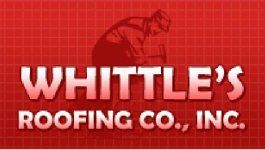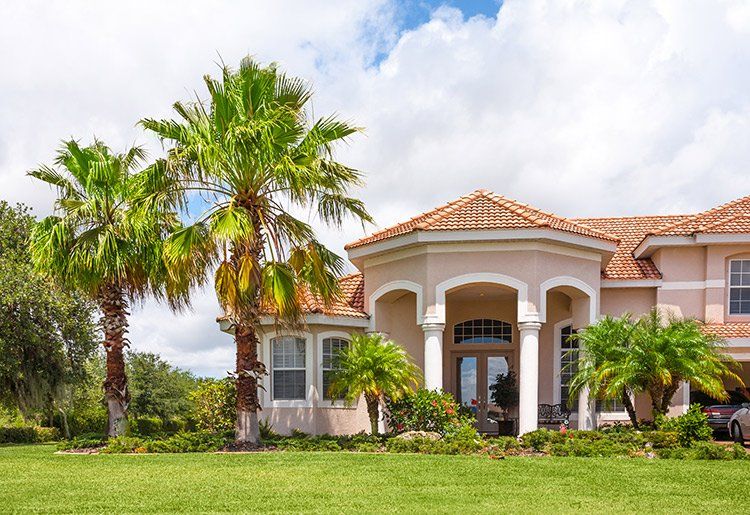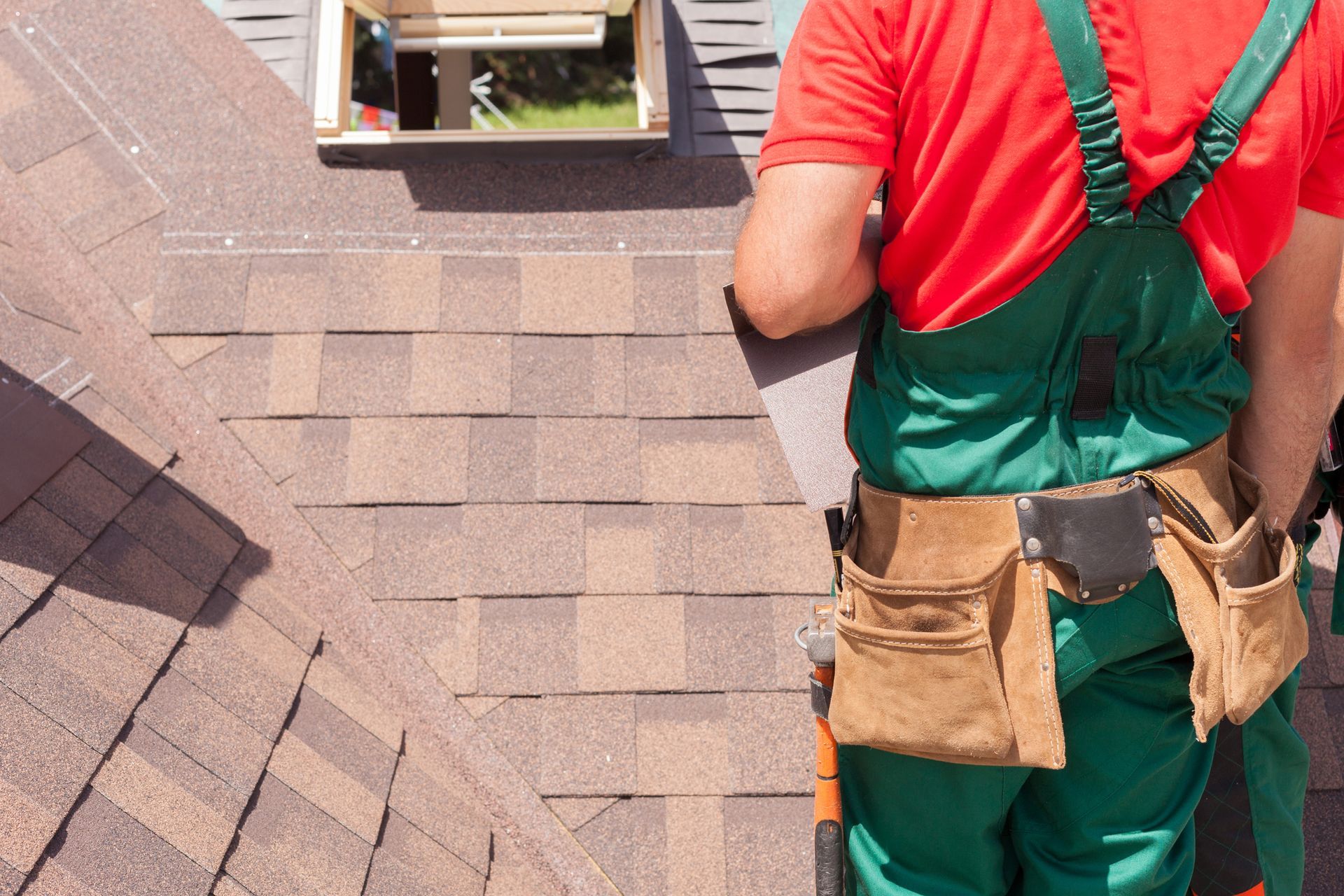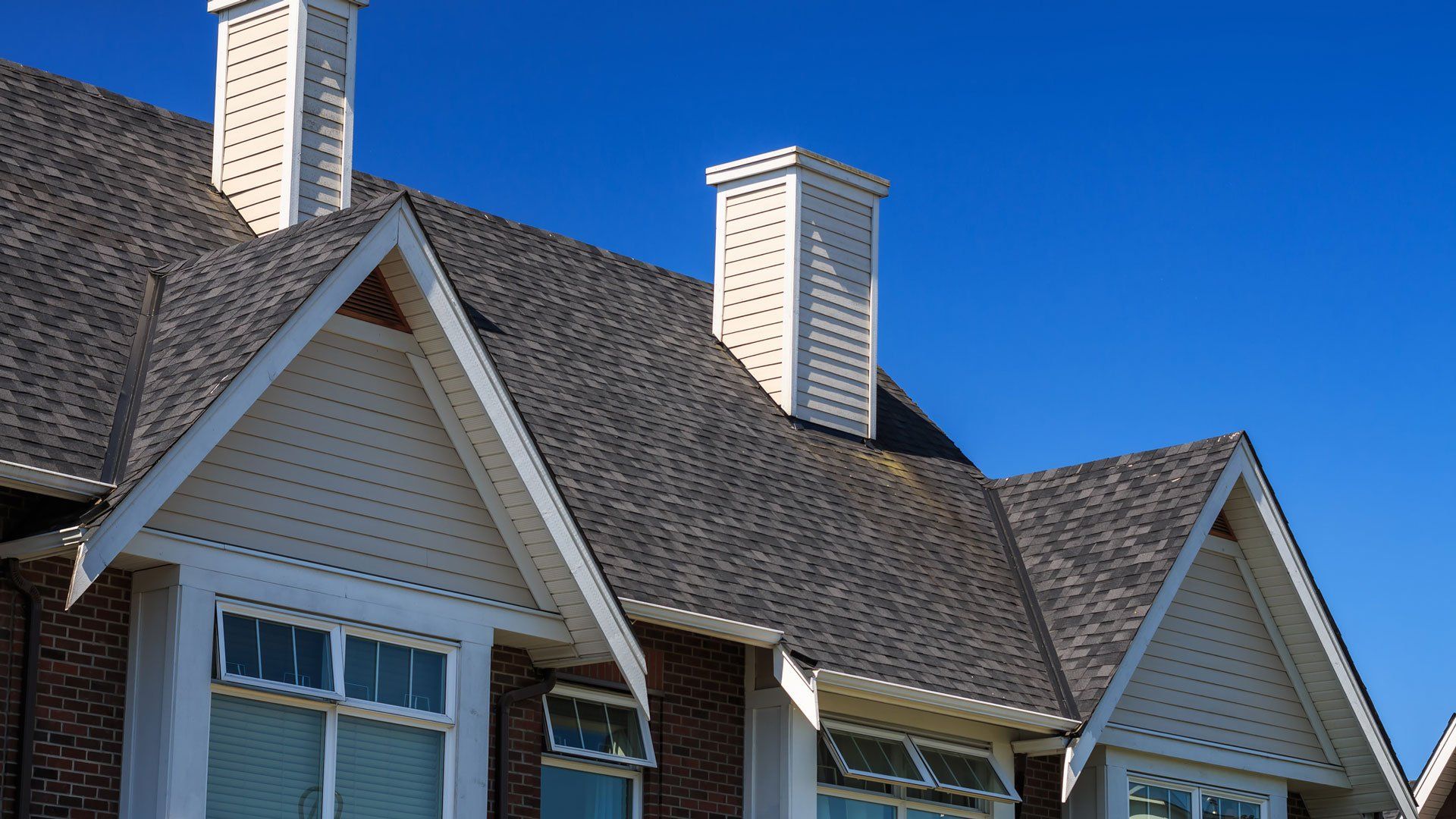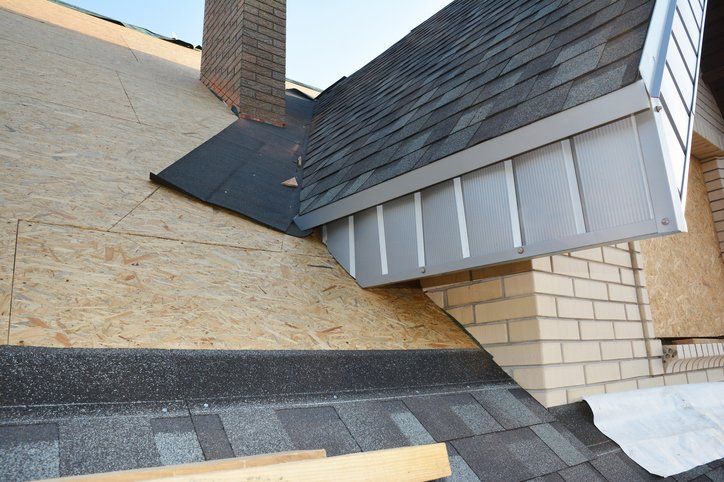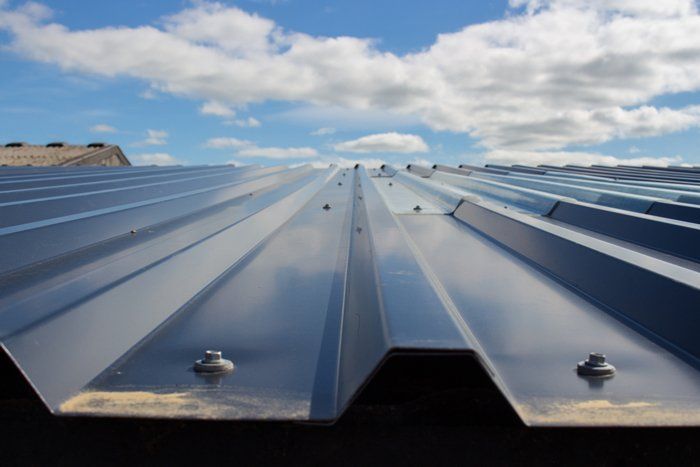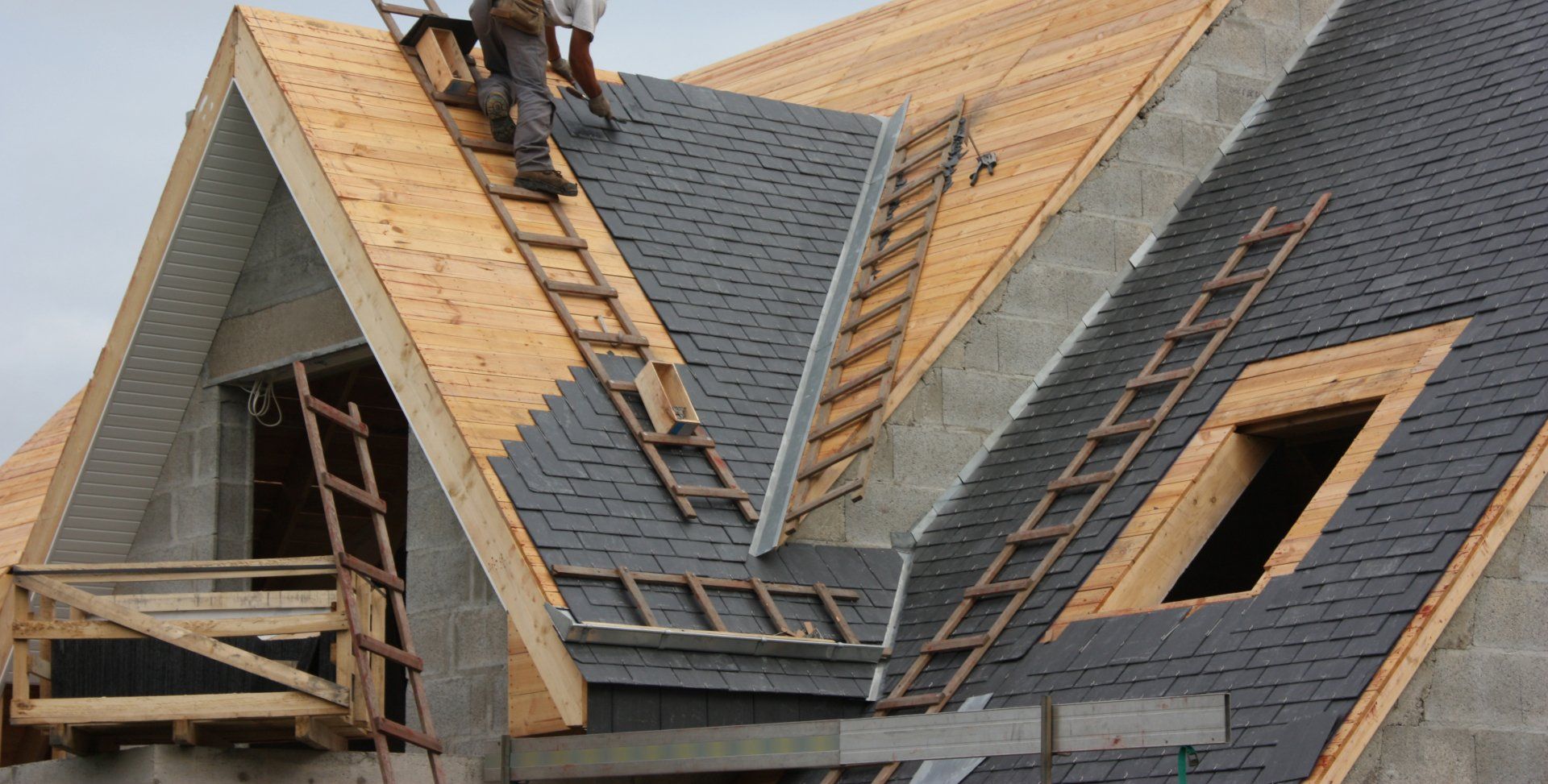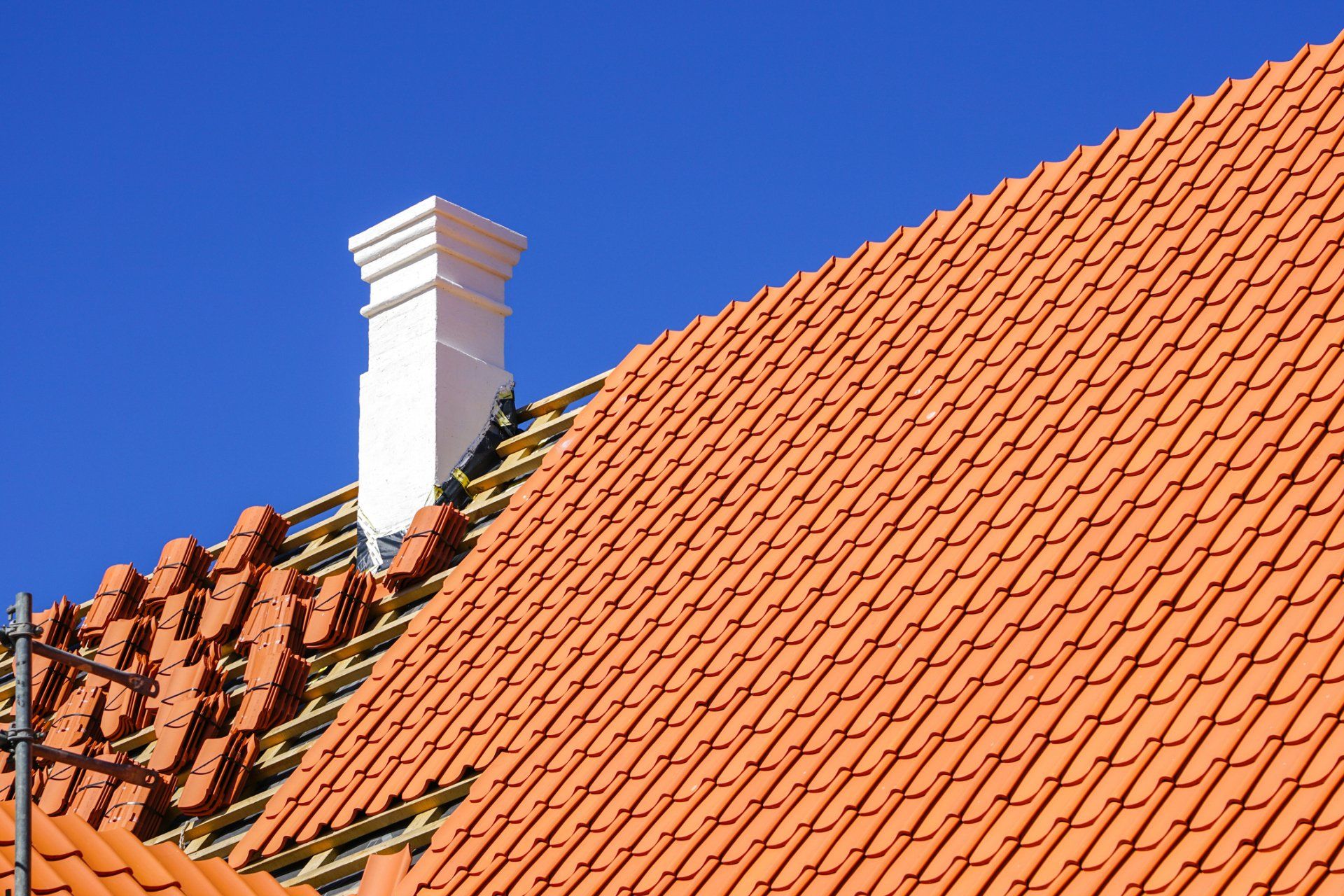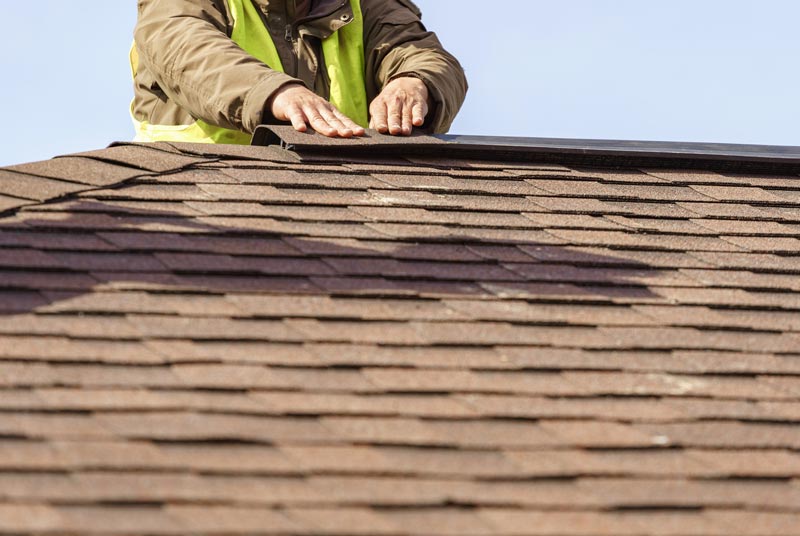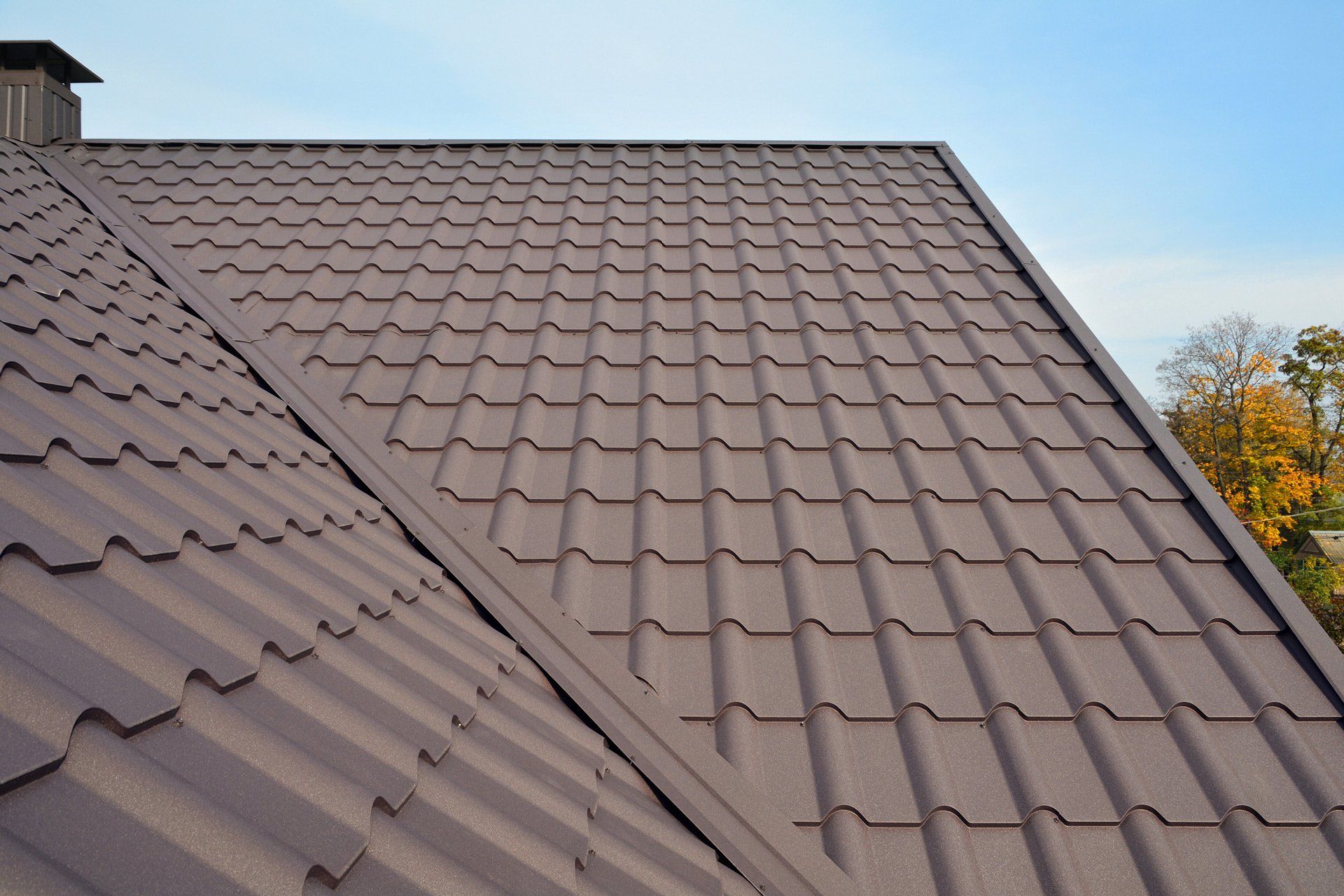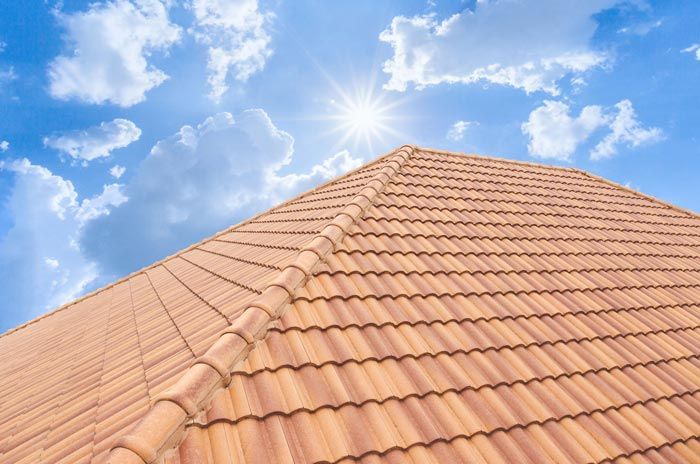Top Ways Trees Pose a Threat to Your Roof
Many homeowners enjoy having trees near their homes. Trees provide natural shade and windbreaks, habitats for wildlife, and beautiful landscaping for your yard. What's not to love? Unfortunately, natural tree growth can have detrimental effects on home systems like your roof, especially if the trees are close to the house.
Here are some of the top ways nearby trees can pose a threat to your roof.
Impact Damage to Shingles
Some trees are more brittle than others. For instance, cottonwood trees can drop branches very easily. These types of trees are likely to drop branches of all sizes on your shingles frequently. However, any tree that overhangs the roof can drop branches during a wind event like a tropical storm.
When a tree drops a branch onto your roof, several types of damage can occur. The first is that the impact can knock loose the granules on the shingles' surface. The second is that the impact can crack or shatter the shingle mat.
Structural Damage to Roof
Larger branches or entire trees collapsing on your roof can cause even more significant damage. Structural damage from these events can include damage to the roof deck, the rafters, and even the attic walls. Depending on the size of the tree, the living areas of your home could be affected as well.
Barring extreme winds, a mature tree is unlikely to fall on your home unless it's unhealthy or dead. If the tree is dead or dying, you should definitely remove it. Otherwise, consider your area's susceptibility to tropical storms and hurricanes before you decide whether to remove a large tree near your home.
I ce Dams and Other Leaks From Debris
Some trees are messier than others. If you want to plant a tree in your yard, you need to think about whether it will shed fruits, flowers or catkins, or needles throughout the year. Many homeowners prefer tidy varieties of deciduous trees that drop all their leaves at once in the autumn.
But whether the tree debris comes down all at once or a little at a time, you need to watch out for buildup on your roof and in your gutters. Debris on your roof can lock moisture on the roof, which can eventually lead to leaks, and debris in the gutters can cause the gutters to clog and overflow, which may also cause water damage at the eaves.
Providing Access to Pests
Does your area have pests and wildlife such as raccoons, squirrels, and chipmunks? If so, you need to keep all trees cut well back from your home. Some pests such as squirrels can easily shimmy up a tree, then simply walk along a branch until they reach your roof.
Ideally, you want to keep all parts of the tree eight feet or more away from your home's walls and roof. This sounds like a lot, but small pests can be very determined and they can be excellent jumpers.
Moss Growth
Moss loves to grow in a humid, shady environment. So an asphalt roof in Florida shaded by a large tree may be the perfect spot for moss growth. This isn't great news, since moss can be very bad for your roof.
Again, keeping the tree trimmed back is the typical solution here, although if you already have moss on your roof, you'll need professional treatment to get rid of it and ensure the roof doesn't have any damage.
These examples show how trees, especially poorly maintained or unhealthy trees, can threaten your roof in a variety of ways. Professional upkeep for your roof and regular maintenance for your trees are your best bet at avoiding any negative outcomes.
For more information on the roofing services we provide, get in touch with Whittle's Roofing Co. Inctoday. We offer repairs, inspections, and installations for residential roofs.
